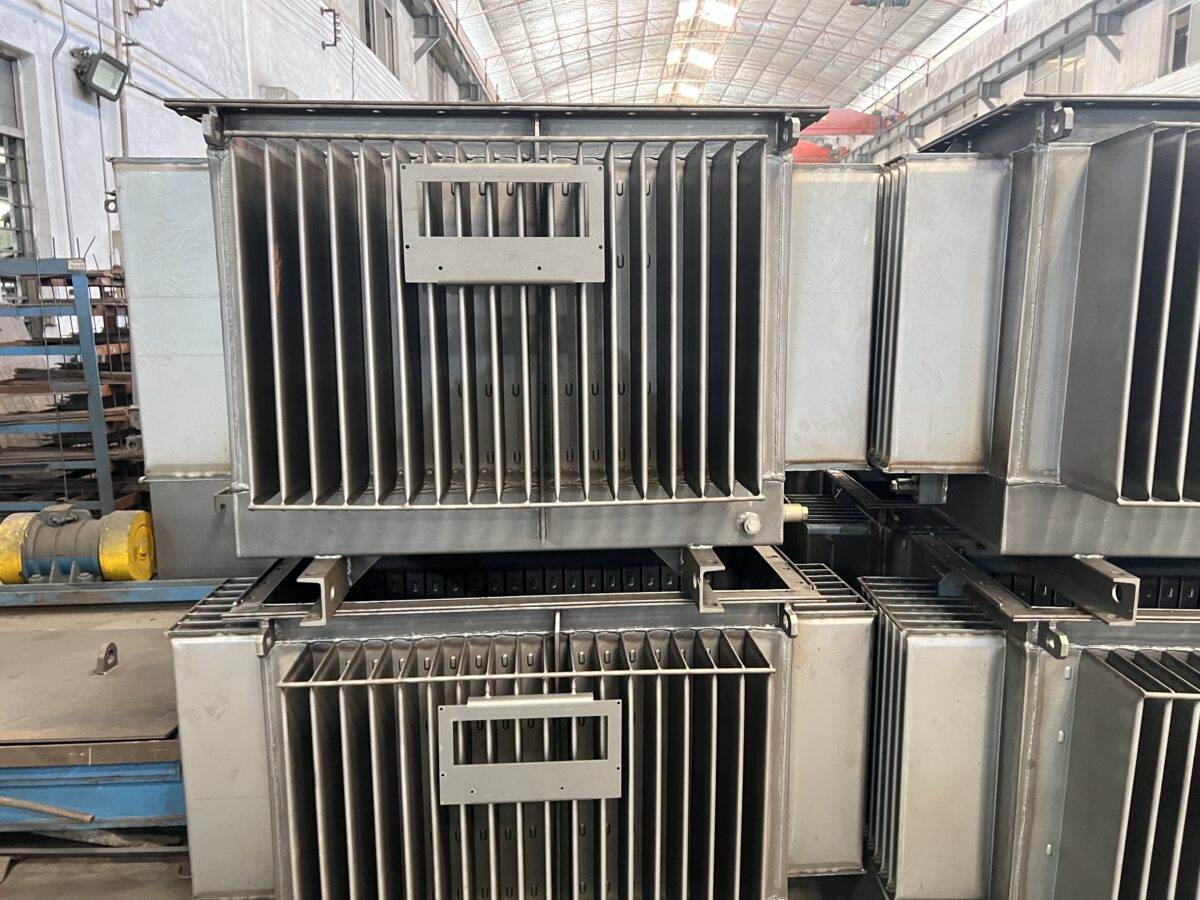What You Need to Know about Oil-immersed Transformer
In the world of electrical engineering, transformers are the unsung heroes, quietly and efficiently converting voltages to meet the needs of various applications. Among the various types of transformers, the oil-immersed transformer stands out for its reliability, efficiency, and versatility. But what exactly is an oil-immersed transformer, and why is it so widely used?


Understanding the Basics
An oil-immersed transformer is a type of electrical transformer that uses oil as both an insulating and cooling medium. Unlike dry-type transformers, which rely on air for cooling, oil-immersed transformers are filled with a special type of mineral oil that helps to dissipate heat generated during operation and provides electrical insulation.
Key Components
Core and Windings
At the heart of an oil-immersed transformer are the core and windings. The core, typically made of laminated silicon steel, provides a path for the magnetic flux. The windings, usually made of copper or aluminum, are wrapped around the core and are responsible for carrying the electrical current. The interaction between the core and the windings facilitates the transformation of voltage levels.

Insulating Oil
The mineral oil used in these transformers is more than just a coolant. It serves a dual purpose: insulating the windings and other internal components to prevent electrical breakdown, and effectively transferring heat away from these components to keep the transformer cool. This oil is chosen for its high dielectric strength and thermal conductivity.
Tank and Radiators
The core and windings are housed in a tank filled with the insulating oil. To enhance cooling, the tank is often equipped with radiators or cooling fins. These structures increase the surface area for heat dissipation, ensuring that the transformer operates within safe temperature limits.


